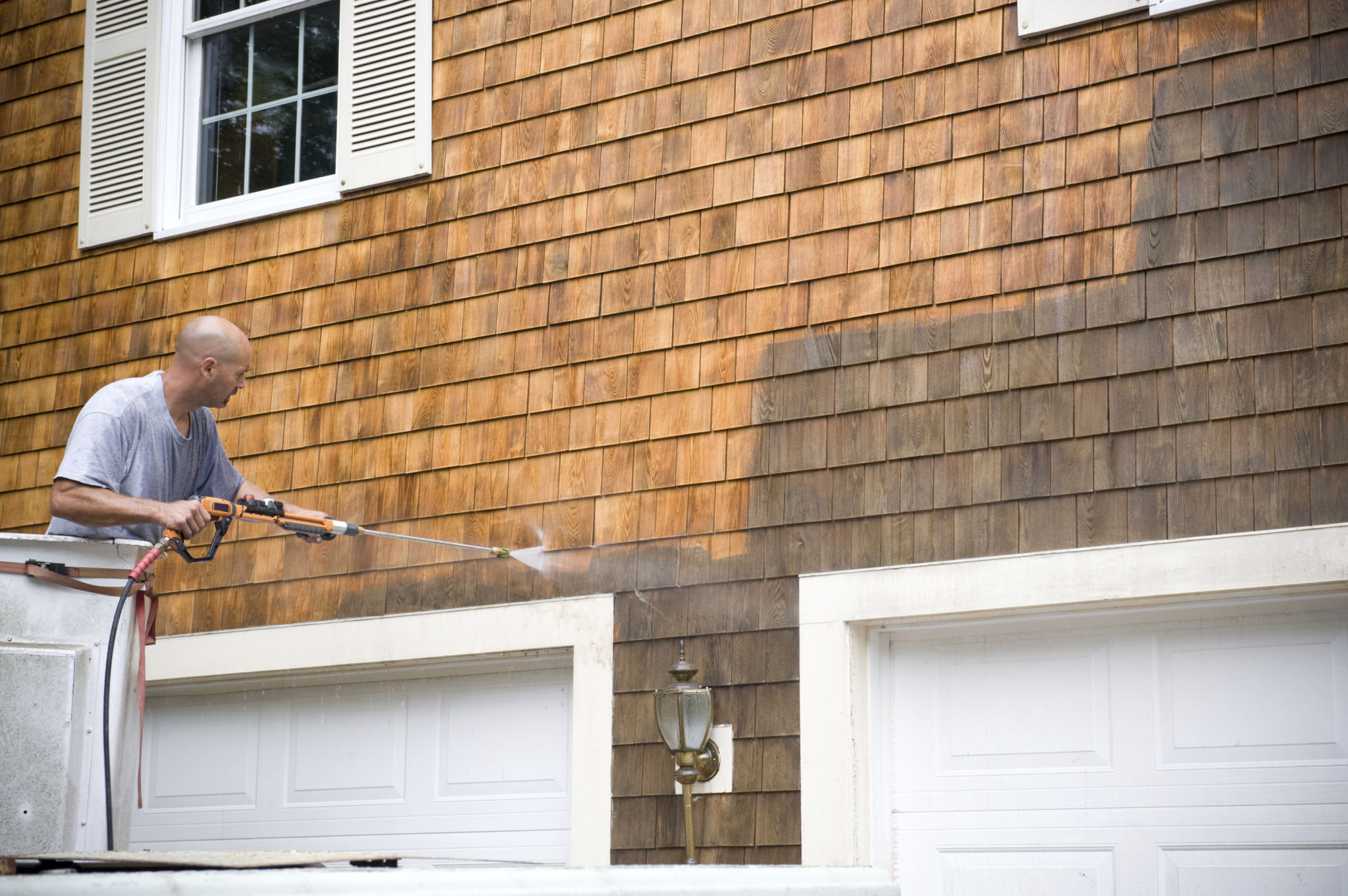Comparing Traditional vs. Drone Washing: Which is Best for Your Building?
Understanding Traditional Washing
Traditional building washing methods have been around for decades and involve manual labor with pressure washers, brushes, and chemical solutions. These techniques are well-established and many property owners feel comfortable with their tried-and-true results.
One of the primary advantages of traditional washing is the level of detail that can be achieved. Skilled workers can address specific areas that require more attention, ensuring a thorough cleaning. However, this method often involves scaffolding or ladders, which can pose safety risks and require significant time and effort.

The Rise of Drone Washing
Drone washing is a relatively new concept but has quickly gained popularity due to its innovative approach. Drones equipped with high-pressure washing systems can clean building exteriors more efficiently and safely than manual methods.
One major benefit of drone washing is safety. Without the need for workers to climb ladders or scaffolds, the risk of accidents is significantly reduced. Additionally, drones can access hard-to-reach areas with ease, often providing a more comprehensive clean than traditional methods.

Cost Comparison
The cost of washing your building is an important consideration for property owners. Traditional washing can be labor-intensive, often resulting in higher costs due to manpower and time required. Additionally, the need for scaffolding or lifts can further increase expenses.
Drone washing, on the other hand, can be more cost-effective in the long run. While the initial investment in drone technology might be higher, the reduced labor costs and quicker cleaning times often make it a more economical choice over time.
Environmental Impact
Environmental concerns are becoming increasingly important for businesses and property owners. Traditional washing methods often rely on chemical solutions that can be harmful to the environment if not managed properly.
Drone washing typically uses less water and fewer chemicals, as the precision of drones allows for targeted cleaning. This approach not only reduces environmental impact but also aligns with sustainable practices that are becoming more valued by consumers and stakeholders alike.

Performance and Efficiency
When it comes to performance, both methods have their merits. Traditional washing offers a high level of detail and is effective for smaller or intricate areas. However, it's often slower and less efficient for large-scale cleaning projects.
Drones excel in cleaning large areas quickly and effectively. Their ability to maneuver around buildings with precision means they can cover more ground in less time, making them ideal for high-rise buildings or expansive properties.
Final Considerations
Choosing between traditional and drone washing ultimately depends on your specific needs and circumstances. For smaller projects or areas requiring detailed attention, traditional methods may be more suitable. However, for larger buildings or those prioritizing safety and efficiency, drone washing is quickly becoming the preferred option.
As technology continues to advance, it’s likely that drone washing will become even more prevalent, offering improved capabilities and further reducing costs. Property owners should weigh their options carefully to determine the best solution for their building maintenance needs.